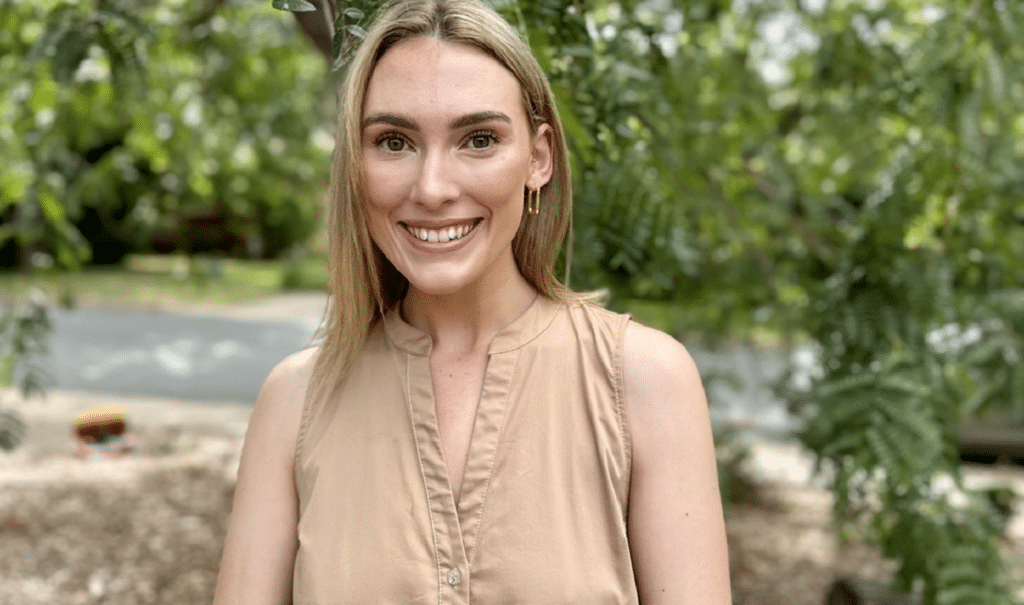On the evening of December 17, 2022, 31-year-old Sydney teacher, Danielle Finlay-Jones became the 49th woman lost that year to domestic and family violence in Australia.
Finlay-Jones also joined the growing list of women who have lost their lives at the hands of someone they had met via a dating app.
The alleged perpetrator – 33-year-old Ashley Gaddie, had a documented history of domestic violence against six previous partners over the preceding decade, and was out on bail for sexual assault charges at the time of Danielle’s murder.
Her case prompted Government concern unseen in the wake of prior tragedies in Australia or abroad. This culminated in a roundtable discussion convened by the Ministers for Communications and Social Services to examine what could be done to improve safety for Australians using online dating platforms.
On Monday this week, the Albanese Government affirmed their position, issuing the dating app industry an ultimatum: improve safety for Australian users by developing a voluntary code of practice, or face legislative action.
This is a welcome – if overdue – federal push, holding the dating app industry to account for their role in perpetuating violence against women and other marginalised populations. Users are subjected to a spectrum of abuse in digital dating contexts, which ranges from online sexual harassment, stalking and image-based-sexual abuse, to in-person violence such as sexual assault and coercion and reproductive and sexual health related abuse, for example, stealthing. Recent data from the Australian Institute of Criminology suggests that this violence is experienced by three in four users.
Dating apps combat these harms with various strategies, primarily through their internal safety policies and features designed to enforce them. Bumble, for example, detects and blurs lewd imagery sent via their platform to reduce the likelihood their users will be subjected to ‘cyberflashing’ – the sending of a penis image without consent. However, while many apps like Bumble and industry leader Match Group employ these methods, there is no uniformity across the industry, nor a benchmark for safety that platforms must meet.
A push from Government gives dating apps the opportunity to establish these standards voluntarily and collaboratively. However, the natural competition between platforms in an inherently profit driven industry could act as a barrier to effective cooperation. Hopefully, the looming burden of legislation is powerful enough to unite competitors over this shared problem.
Irrespective of the development of industry codes, such an alliance is arguably necessary if the industry is to prevent the most salient forms of abuse and disrupt habitual or repeat perpetrators. Dating app users tend to have profiles on multiple platforms simultaneously. Users who perpetrate harms are thus likely to be doing so across multiple apps.
However, data on harmful behaviour reported about particular users is not shared between platforms, making it easy for perpetrators to move from one app to another if they find themselves banned. Proactive, collaborative processes designed to reduce violence have been implemented with relative success by other industries.
For example, in America – rideshare industry competitors Lyft and Uber recently began to share information about drivers that have been banned for serious safety incidents, such as sexual and physical assault – in the interest of protecting their service users. A similar agreement developed for the dating app industry would safeguard users against those who use their products for ill, and likely improve the industry’s reputation for facilitating violence.

Alongside these efforts, perceptions of dating apps as places where sexual violence is normal – or to be expected – need to be challenged.
Many users expose their experiences of misogyny and harassment on dating apps via submissions to Instagram accounts such as ‘Bye Felipe’, ‘Tinder Nightmares’ and ‘Tinder Translator’.
While humour is an effective and powerful way to respond to abuse in digital dating contexts, it can also trivialise violence, and ultimately contribute to a culture that supports abuse – at least in these contexts. This is not to say that these users should cease such behaviour.
This form of activism clearly provides a much needed avenue through which to resist dating-app-facilitated harm. However, in addition to sharing about the absurdity of their experiences via social media, users must be encouraged to report their victimisation to dating platforms with similar concern.
Recent research indicates that only 21.5% and 19.2% of those who experienced online and in-person violence respectively, reported the incident to the dating app on which it took place. Here, perhaps in addition to the development of industry codes, dating apps should look to develop clearer information about what constitutes digital dating violence, and the importance of reporting.
More broadly, to proactively shield the next generation whose first foray into dating might very well be via dating apps, the government needs to embed technology-facilitated-sexual-violence into emerging consent education programs.
Historically, legislation has scrambled in the wake of technological development, so the challenge for the government will always be to stay on the front foot.


